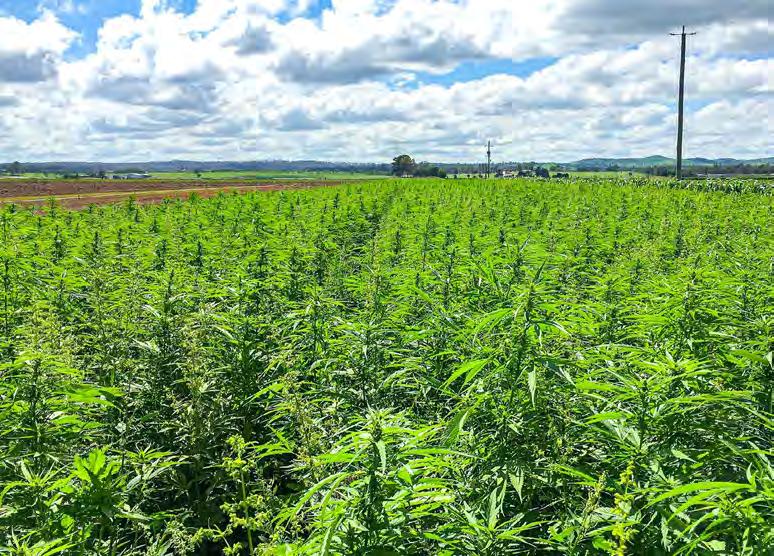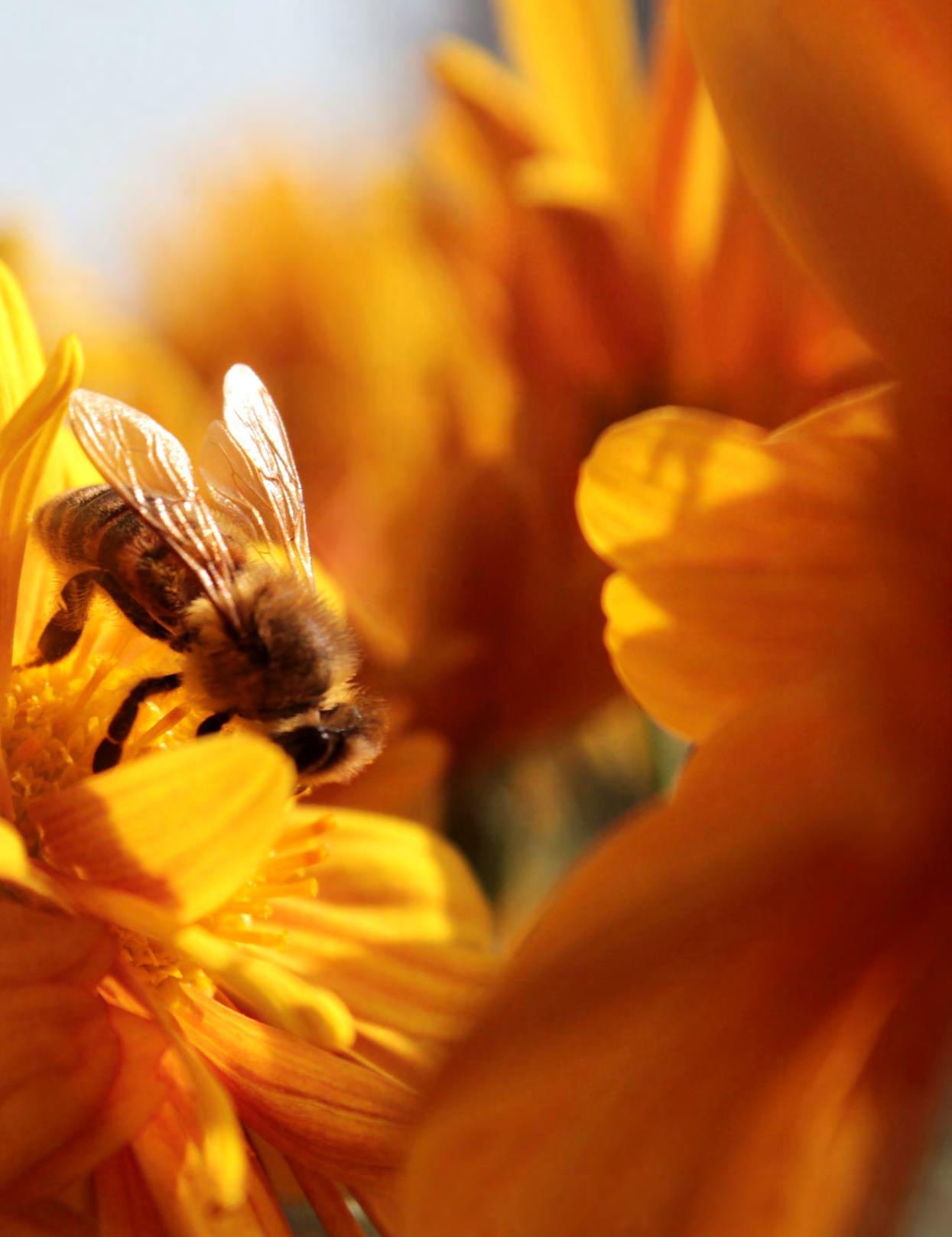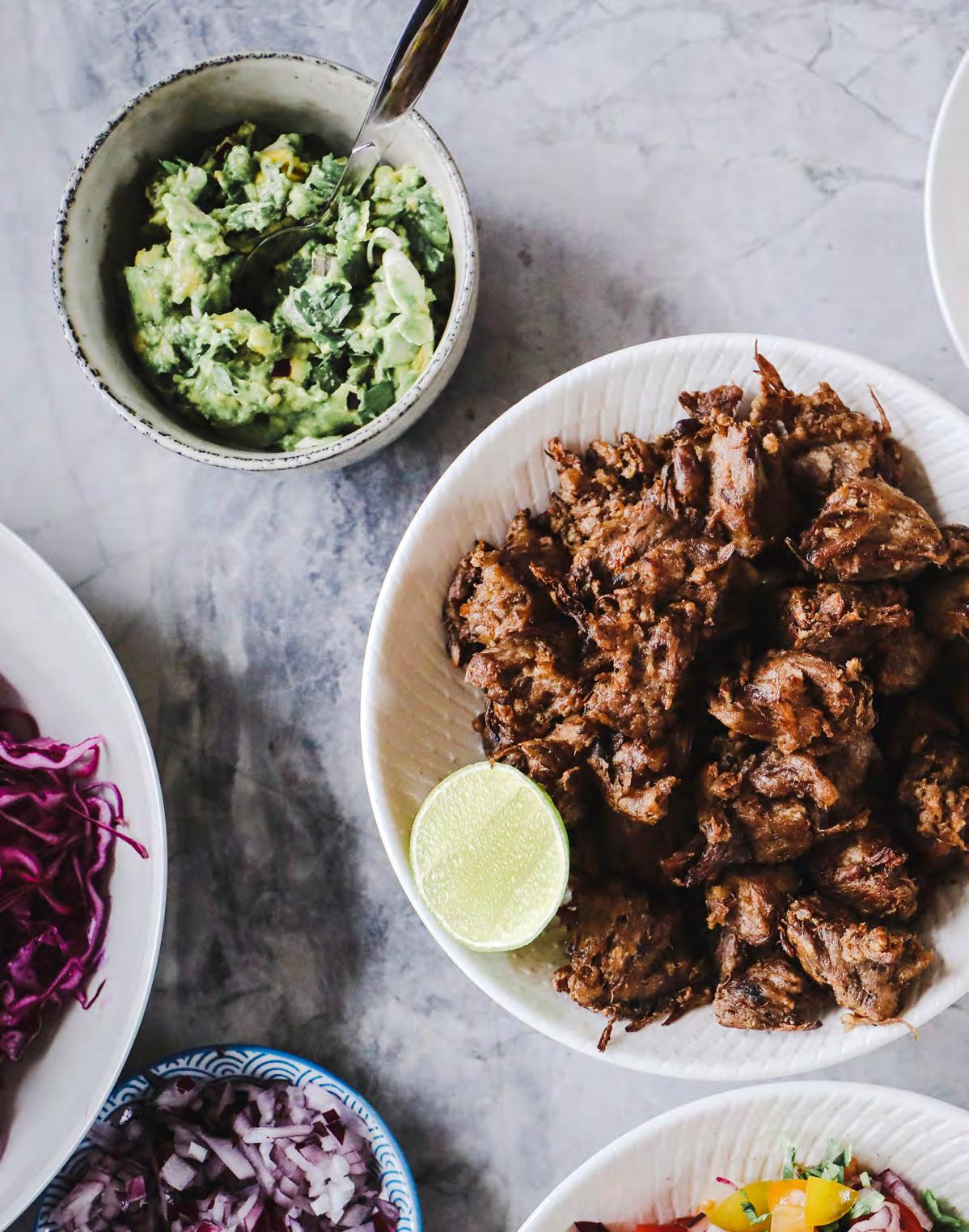
5 minute read
Australia's hemp industry is on the rise
Australia's Hemp Industry is on the Rise
words: Darren Baguley
Advertisement
THE HISTORY OF HEMP in Australia is as old as European settlement; when the First Fleet arrived in 1788, it carried Cannabis sativa seeds onboard. Hemp was a strategic commodity for Great Britain. The Royal Navy was the dominant sea power and kilometres of hemp would be used to rig and caulk the timbers of a man o’ war while the ship’s sails and its crew’s clothing were made of hemp. At the time, the Empire depended on Russian-grown hemp for its supply with its accompanying strategic and geopolitical risks. As a result, the Admiralty planned to establish large hemp crops in the new penal colony.
A hemp industry was established in Australia but in the 1920s and 1930s it ran afoul of prohibitionists concerned about marijuana. According to an industry overview published by AgriFutures Australia, “There are over 2,000 different varieties or strains of C. sativa, which are botanically alike but differ in their chemical makeup. The C. sativa plant contains tetrahydrocannabinol (THC) which at high concentrations is a psychoactive or mind-altering ingredient. In 90% of C. sativa varieties, the concentration of THC in leaves and and deemed harmless.”
In his book, Chasing the Scream: The First and Last Days of the War on Drugs, author and investigative Journalist, Johann Hari, details how the head of the US Department of Prohibition, Harry Anslinger, shifted emphasis to marijuana and other narcotic drugs when he realised the end of Prohibition would make his department redundant.
At the same time, powerful business interests associated with nylon and cotton saw the opportunity to take out a competing industry by playing up the connection with marijuana as they lobbied governments. As a result, from the late 1920s onwards, cultivation of Cannabis was outlawed in the US for industrial hemp.

STRUGGLING WITH STIGMA
It wasn’t until the early 2000s that Australian state governments started to make a distinction between the low-THC varieties of industrial hemp and marijuana. In November 2017, the Food Standards Code was amended to permit the sale of low THC hemp seed foods for consumption and when the Northern Territory made it possible to grow industrial hemp under licence earlier this year, it became a legal crop in every state and territory. THC is limited to below 1 per cent in New South Wales, South Australia and Queensland and 0.35 per cent in other states.
The reason growers must apply for a licence is that industrial hemp is not recognised as a farming commodity. Instead, industrial hemp (even with the Cannabis under the ‘Drugs, Poisons and Controlled Substances Act 1981’. According to James Vosper, president of the Australian Industrial Hemp Alliance, “The growing location must be approved by the State Government, i.e. no public access, not near schools et cetera, and growers need to agree to inspections and monitoring by state government inspectors.”
Although the legalisation of low THC hemp seed foods for consumption unfortunately coincided with the onset of drought in Eastern Australia, hemp cultivation is growing. In 2011, there was 185.5 hectares nationwide and in 2020 there are around 2,500 hectares under hemp, with Tasmania the leading state for hemp growing.
WHY GROW HEMP?
Some proponents claim almost miraculous properties for hemp, however, it’s not a silver bullet according to Vosper.
Nonetheless, hemp has some outstanding qualities. It is more water germination. It is fairly pest resistant in the Australian environment and because it grows so rapidly, it outcompetes most weeds which negates or greatly reduces the need for herbicides or cultivation.

With a large, vigorous root system, sequestration. The portion of the hemp plant known as the hurd can be used to produce hempcrete, a concrete replacing building material that hard-wearing fabric similar to cotton.
According to Vosper, “it has been used to clean up contaminated industrial sites as its root system takes up substances such as gold, lead, cadmium and nickel from the soil. The Russians used hemp to decontaminate around Chernobyl in the 1990s.”
Hemp can be grown anywhere lucerne grows well, says Vosper. Although primarily grown in the summer months, in some parts of Australia it is possible to harvest two crops per year. Harvesting of hemp for is shed but before the seed sets, which
Harvesting for seed would occur four when 60 to 70 per cent of the seed has ripened. Watching for signs that birds are stripping the seeds off the plant is a good way to tell that seeds are ready for harvest. Hemp is sown by a conventional disc drill and harvested by good quality sickle-bar mowers and hay swathers.
FUTURE OF HEMP IN AUSTRALIA
The anti-marijuana movement has set the hemp industry back decades and it is still regarded as an emerging industry, however, some serious R & D effort is starting to be put into the crop. The Australian Industrial Hemp Alliance has received funding from AgriFutures Australia to conduct trials across the country, but especially in Northern Australia, to determine what strains of C. Sativa grow best and where.
Although hemp grows best in subtropical and tropical climates in a moderately humid atmosphere, Tasmania is currently the major hemp growing state as it sourced cool climate varieties from Canada which legalised hemp growing in 1998.
In 1941 Henry Ford built a Model T which had a body incorporating bioplastic made from hemp and it ran on fuel derived from hemp seeds. As we face a warming world choked with non-biodegradable plastics while of the 10,000-year-old C. Sativa.

FAST FACTS
• Industrial hemp is grown from Cannabis Sativa, fast growing herbaceous plants with a minimal concentration of the mind-altering substance tetrahydrocannabinol (THC) • Industrial hemp is grown for seeds or fibre, usually not both
• There is a wide range of uses for industrial hemp’s fibre and seeds ranging from textiles and cosmetics, to building materials, biofuels and food.




